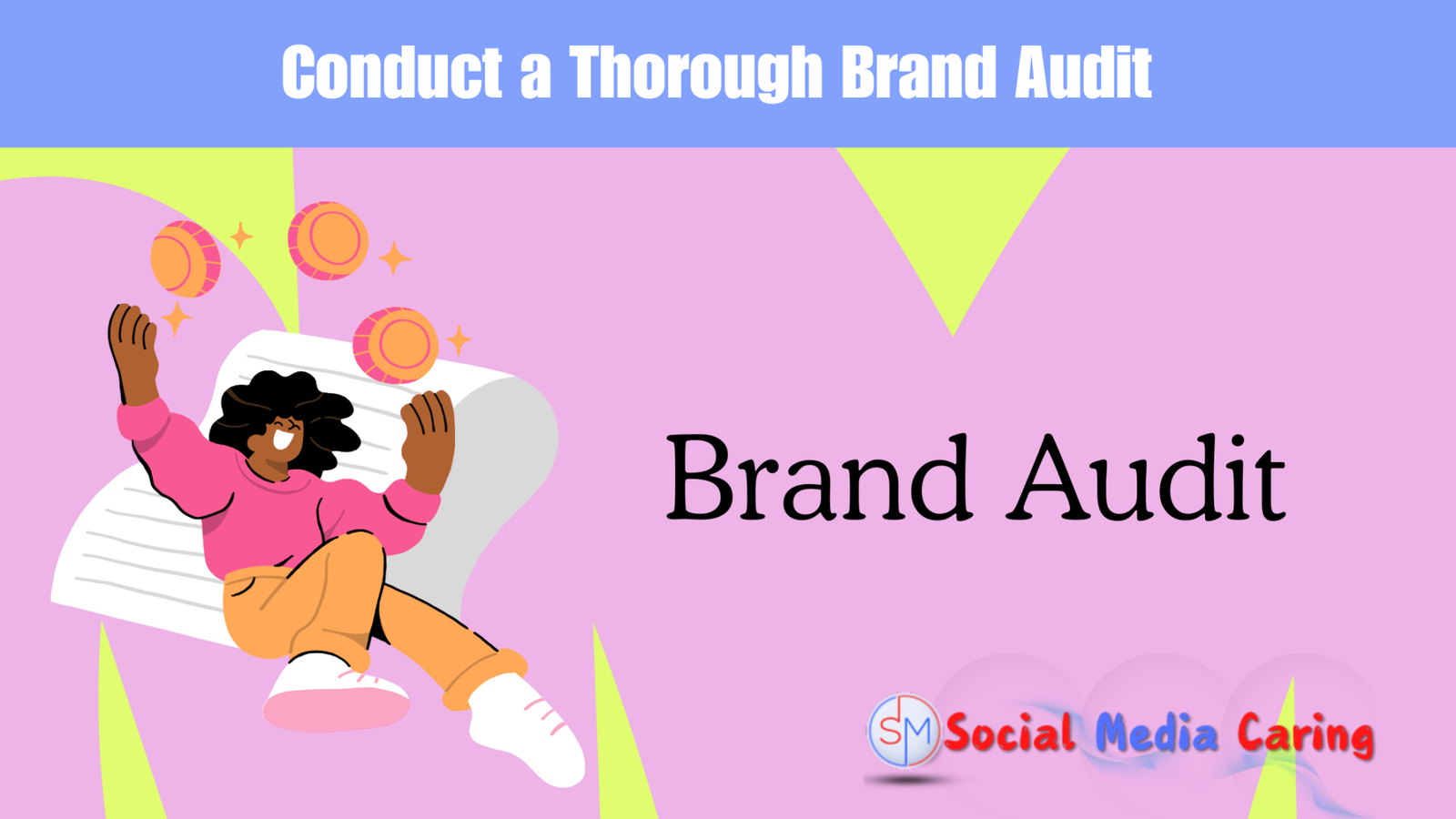
Table of Contents
ToggleHow to Build an Effective Roadmap as a New Social Media or Digital Marketer
I’dont know how others got started in digital marketing activity for their brand or business, but today I’m going to share my own style in this digital marketing work. One well known company was searching for someone to handle their online marketing. I submitted my resume, and after one week, they called me in for an interview. The questions were as usual in this industry, and I responded to each one. Some days later, I received the news that they had decided to hire me as their digital marketer.
I was happy to get the job, but I was also extremely nervous. How would I manage the work as a digital marketer? Until then, my knowledge of digital marketing was mostly theoretical, with a few practical attempts of my own. But now, I had real work to handle! I started thinking about how to begin my tasks, how to communicate with the team about their activities, and how to create an effective roadmap for my work.
In this blog, I’ll share the steps I took to create that effective roadmap. If this helps even a little in your own digital marketing journey, it will be a milestone for me. Let’s get started!
When I first started, everything felt scattered. I kept writing and crossing things out, trying to figure out a structure. Finally, I decided that since I would be working on their digital marketing, the first thing I needed to do was assess the status of their digital platforms.
That was my first challenging task in creating the roadmap.
Topic 1: Conduct a Thorough Brand Audit

I visited their website and noted a few things. They primarily operated as an educational agency in Great Britain, serving both local and international students who came to study there. Their main customers were students, and they offered various services tailored to solve the problems students might face, such as scholarship packages, banking, accommodation, and communication with universities. They earned profits by charging a service fee on top of these packages. This was the core of their business.
My next step was to examine what kind of social media marketing they were doing for these services. I looked into their website’s activity, visitor demographics, and their needs, as well as the types of inquiries they received. It was important to understand their past strategies and the engagement levels they had achieved.
I also studied their competitors. What kind of social media presence did they have? What was their brand voice like? How did it compare to the brand voice of the company I was hired by? I started making notes about these details.
Topic 2: Define Target Audience and Goals
Next, I focused on analyzing the behavior and preferences of the people interacting with both my company’s and competitors’ websites and social media platforms. Were they students? Parents? What kind of problems were they facing, and what solutions were they seeking? I tried to track what type of platforms they were using to find those solutions.
Topic 3: Create a Comprehensive Content Strategy
Once I had gathered this information, I started thinking about the type of content that could engage them on social media. Would they prefer blogs, posts, or reels? I especially focused on Facebook and Instagram, as these were the platforms my company used the most. I aimed to create content that would resonate with the specific audience I had identified through my research.
Topic 4: Choose the Right Digital Channels
After analyzing the type of content and audience engagement, I decided to run a few experimental posts on Facebook, Instagram, and LinkedIn. I kept LinkedIn more professional but treated Facebook and Instagram as similar platforms. My strategy involved both organic and paid marketing approaches.
Topic 5: Paid Advertising and Budget Allocation
Next, I set clear goals for paid advertising. I created a basic KPI structure, determining how much I would spend on ads, what kind of engagement I expected in return, and how that would translate into conversions.
Topic 6: Monitor Analytics and Performance
After launching the ads, I closely tracked the performance metrics on Facebook, Instagram, and Google Analytics. I regularly reviewed the data, testing different variables to see what worked best.
Topic 7: Engage with the Audience and Build Community
Finally, I engaged with the audience by responding to comments and reactions. I also involved my company’s customer service team, ensuring that they quickly addressed any inquiries. This responsiveness was something our audience appreciated, as they often praised the quick responses in their comments.
Topic 8: Collaborate with Other Teams
In the end, I directed interested prospects to a landing page where they could provide their details, and we reached out to them directly for further engagement. This strategy helped us convert leads into paying customers, growing from just a few to many.
This entire process took me around 45 days. While it required a lot of effort, once a sales funnel was established, the results began to snowball. We went from one sale to two, then six, and eventually, it became a steady flow.
Conclusion:
In conclusion, this strategy may appear straightforward, but with consistent application, it can bring substantial results to any business. You don’t have to be a superhero to succeed—just a well-organized plan. I hope that by following this approach, you’ll see growth in your business too. And remember, I’m always here to assist through Socialmediacaring.com.





1 Comment
Understanding Content Types and How to Choose the Right One for Your Target Audience – Social Media Caring
[…] determine which type of content you should select for your target audience, you need to first identify who your target audience is in relation to your product or service. Consider their age, gender, and geographic location. Additionally, you should analyze their interests and behaviors through activity analysis. I briefly touched on this in my previous blog post, How to Build an Effective Roadmap as a New Social Media or Digital Marketer. […]